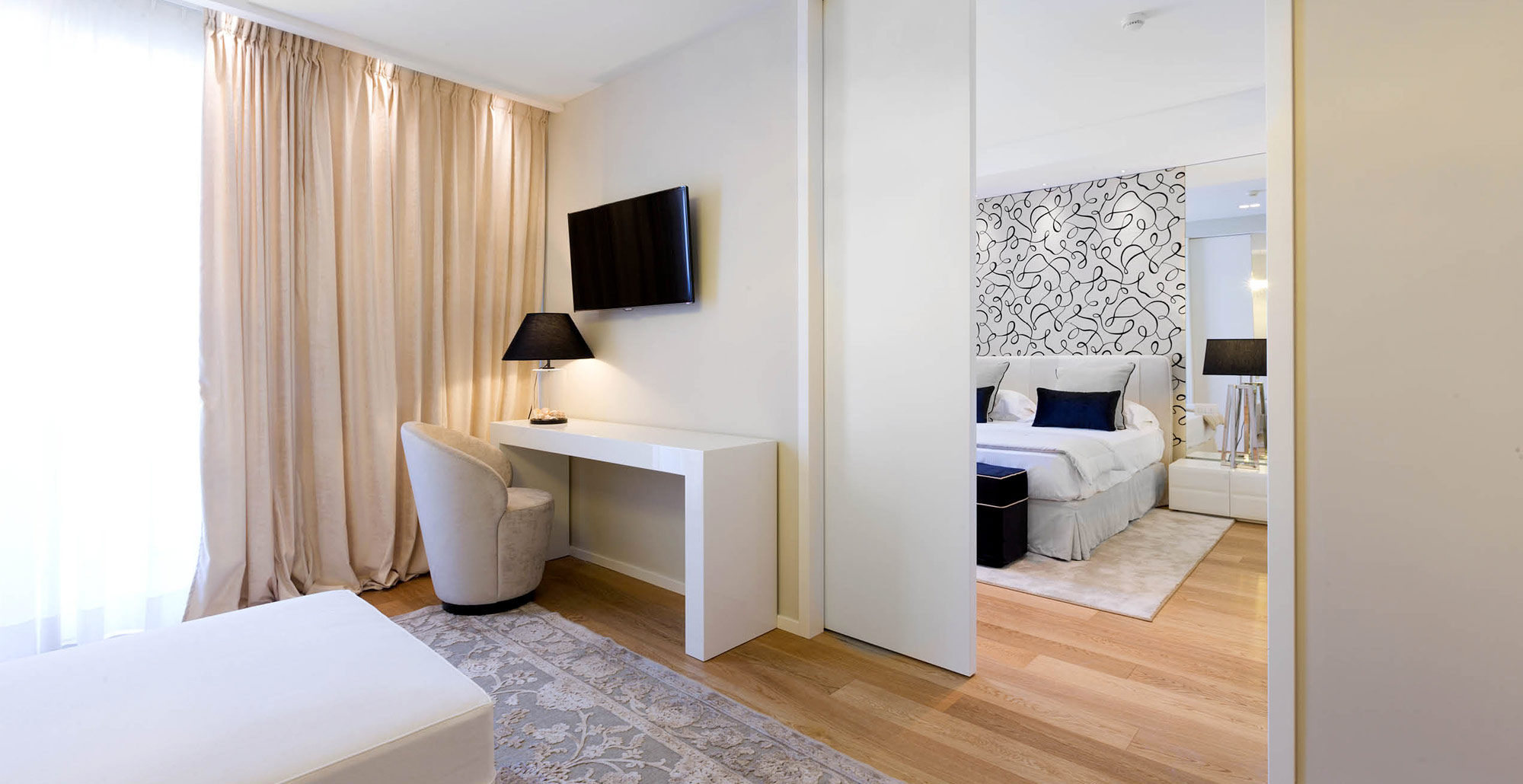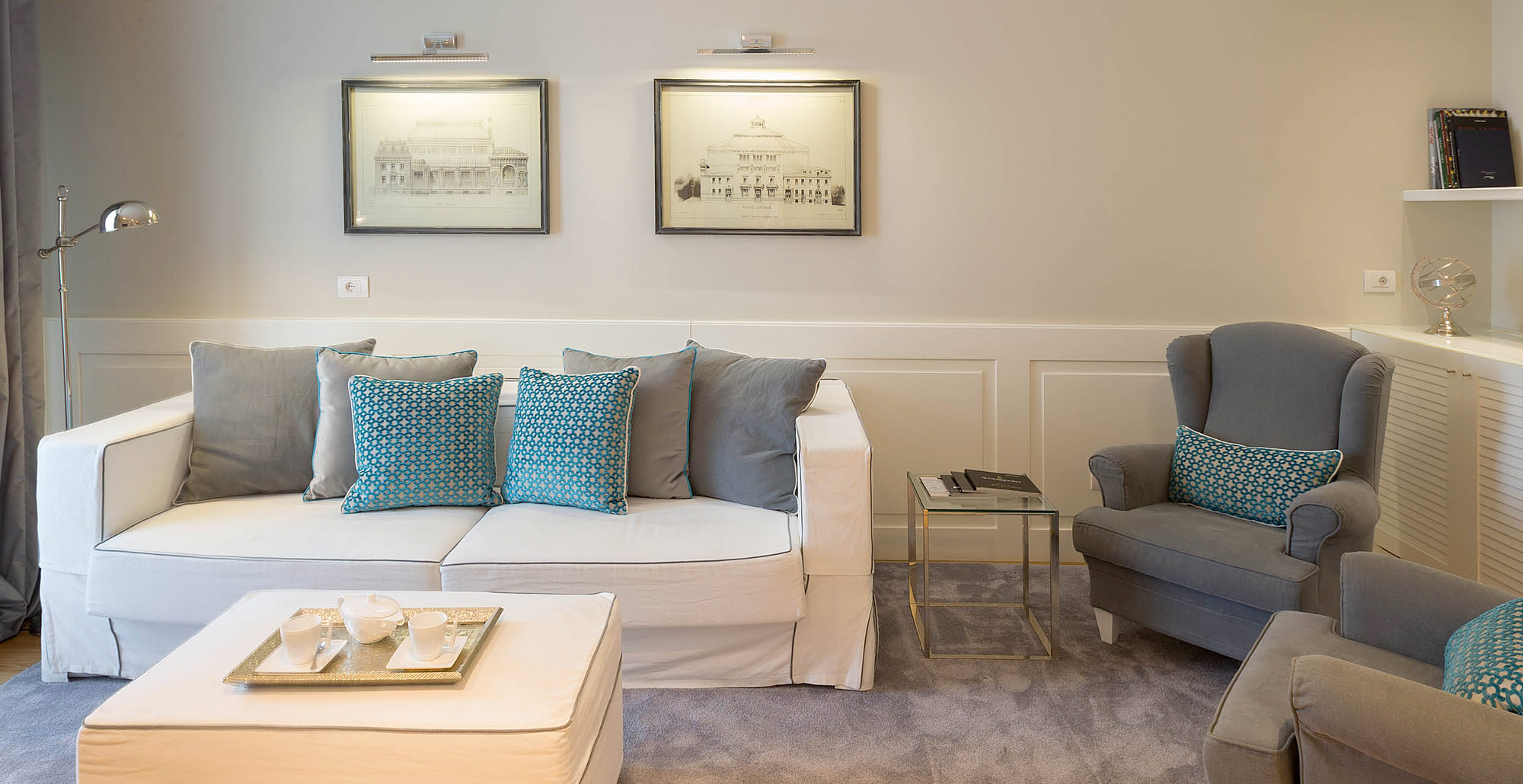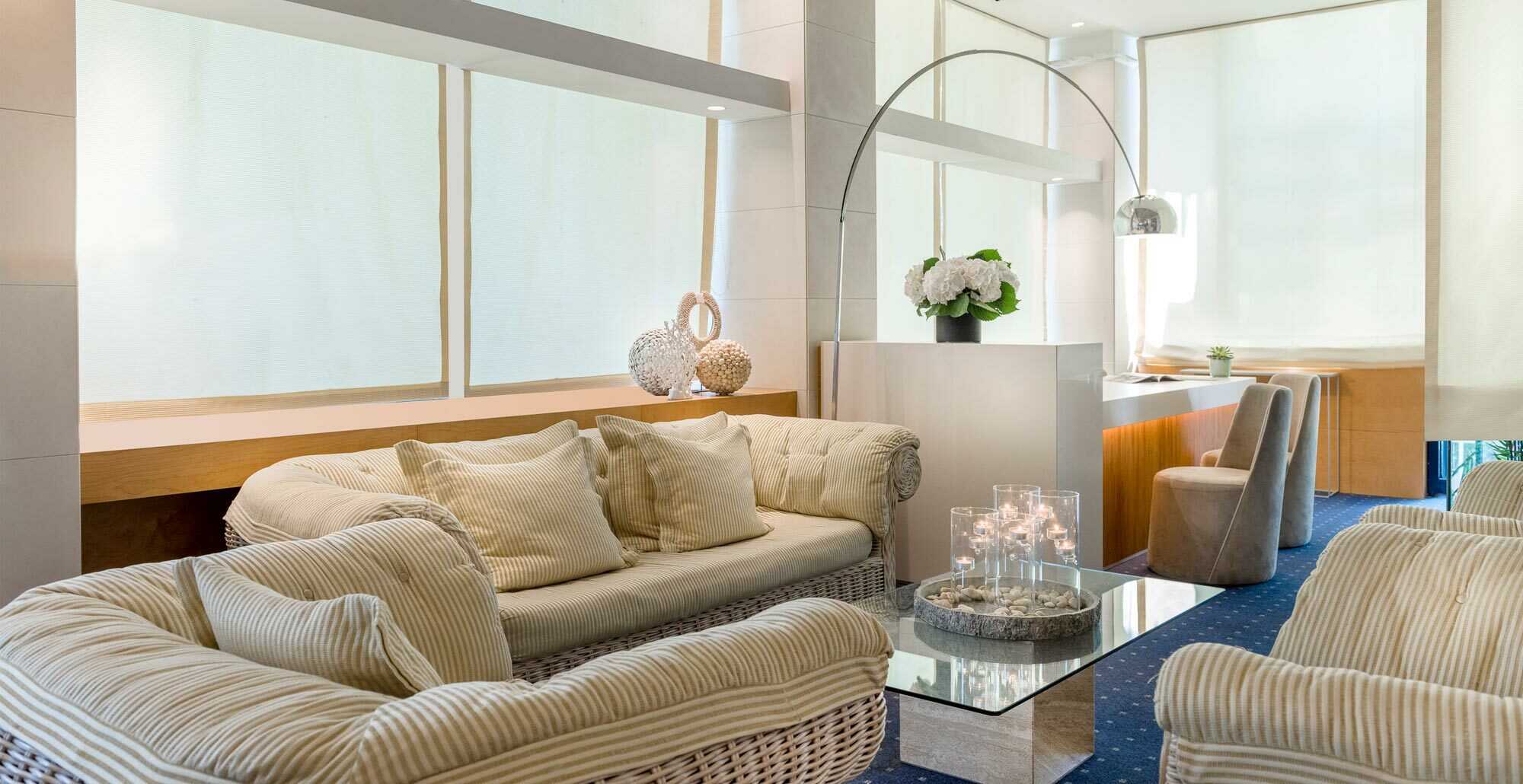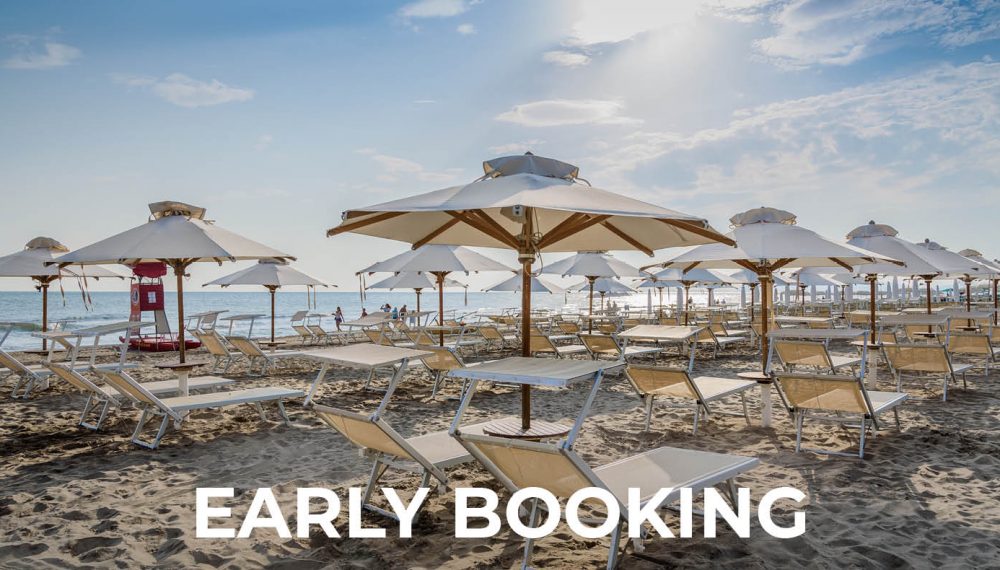Rimini is situated in Emilia Romagna Region, it is one of the most important town of the Adriatic Riviera,
it is a charming and lively seaside resort, that is surrounded by picturesque hills. It has a very warm climate in the summer and it is quite mild in the winter. Rimini has a long heritage which begins about 3.000 years ago when it became a real town in 268 B. C. with the foundation of the Roman Municipium of Arminium. Its golden period goes certainly back to the Middle Age. Those who love and appreciate genuine cuisine can taste, in the numerous restaurants, the refined tagliatelle, lasagne and ravioli, the savoury fish and meat dishes, the tasty “ciambella” and “crostata” accompanied by excellent local wines such as.
There are many opportunities for shopping that range from top designer clothes to older traditional items. Rimini offers a wide range of accommodation from comfortable hotels to typical guest houses and well equipped camping sites. Rimini is easily accessible from any part of Italy thanks to the main roads and railway network system. Miramare Airport connects Rimini to the most important European towns and cities. Come to Rimini: the right place for you.
Rimini stands on the right hand of the Marecchia river, facing the Adriatic sea, in the centre of three Main Roads. The Flaminia, the Emilia and the Popilia. Rimini is not just Europe’s most popular seaside resort; it is also a place where holidays and leisure activities combine together to create new opportunities for relaxation and enjoyment, and where life is a real pleasure because the inhabitants work, so hard to welcome their guests. Rimini is a city with one of the highest proportions of public parks and open spaces in the whole Italy. Its beaches, which stretches for almost two miles, welcomes millions of holidaymakers every year.
Although it has nearly 1.500 hotels and 16.000 holiday apartments and houses, every single establishment offers a warm atmosphere of friendly hospitality and sincere courtesy, which can also be enjoyed in the city’s many restaurants, pubs, discotheques and ice-cream parlours. The city offers this cordial welcome all through the year, and not only in the summer. In fact. Rimini is also a popular centre for business meetings, because it offers so many opportunities of combining work and pleasure.
MORE THAN TWO THOUSAND YEARS OF HISTORY
The city dates back some 3.000 years, and it was originally a small trading port used by the inhabitants of the Appennine Mountain Range, who belonged to the Villanovan civilization. The bronze weapons and ornaments left by the ancient race are displayed in the museums of the towns of the Marecchia and Conca valleys.
The area was subsequently dominated by the Etruscans, descendants of the Villanovans, by the Umbrians and the Celts. The Roman “Colony” of Arminium was founded in 268 B. C. And soon it became a “Municipium”. Thanks to its strategic position as a stronghold on the Adriatic and an entryway into the Po vealey plain it became a crucial junction for communications; a strating point for the Flaminian way leading to Rome, the Emilian way toward Piacenza and the Popilian way towards Aquileia. The remains of this flourishing period are still visible today: the Arch of Augustus, the Bridge of Tiberius, the ruins of the Amphitheatre and the walls. After the fall of the Raman Empire, Rimini suffered different Barbarian invasions.
In the 12th century it was a free “Comune”; from 1295 to 1500 the town was ruled by Malatesta Family who beautified the city with works by Piero della Francesca, Giovanni Bellini, the Ghirlandaio, the Veronese, Giorgio Vasari, Leon Battista Alberti, Agostino di Duccio, Matteo dè Pasti. Its golden age was under Sigismondo Pandolfo, who around 1450 made of Rimini a splendid court. From 1509 to the unity of Iyaly in 1860 it belonged to the Papal states.











